Problem Mind
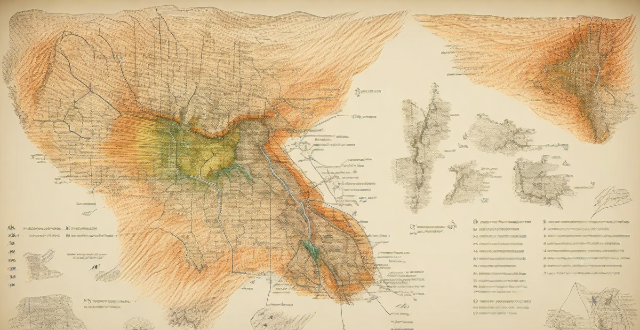
How can mind mapping improve creativity and problem-solving skills ?
Mind mapping is a tool that enhances creativity and problem-solving skills by providing a visual way to organize information. It stimulates brainstorming, enhances visualization, and promotes collaboration for creative thinking. Mind mapping also aids in problem-solving by identifying core issues, providing clarity and focus, and facilitating decision making.

What are the best software tools for creating mind maps ?
Best Software Tools for Creating Mind Maps Mind maps are an excellent way to visually organize information, ideas, and thoughts. They help in brainstorming, planning, and problem-solving. There are several software tools available that make it easy to create mind maps. Here are some of the best ones: 1. XMind is a powerful mind mapping tool that offers a range of features to create professional-looking mind maps. It has a user-friendly interface and supports various chart types, including tree, logic, and matrix. XMind also allows you to import and export data in different formats, making it easy to share your work with others. 2. MindMeister is an online mind mapping tool that lets you create mind maps directly in your browser. It offers real-time collaboration, allowing multiple users to work on the same mind map simultaneously. MindMeister also integrates with popular apps like Google Drive and Dropbox, making it easy to save and share your work. 3. Coggle is another online mind mapping tool that offers a simple and intuitive interface. It allows you to create beautiful mind maps with images, links, and notes. Coggle also supports collaboration, letting you invite team members to work on the same mind map together. 4. FreeMind is a free, open-source mind mapping tool that offers basic functionality for creating mind maps. It has a clean and straightforward interface, making it easy to get started with mind mapping. FreeMind also allows you to export your mind maps in various formats, including HTML and PDF. 5. iMindMap is a comprehensive mind mapping tool that offers a wide range of features for creating visually stunning mind maps. It has a unique "radial" view that makes it easy to focus on specific areas of your mind map. iMindMap also supports multimedia elements, such as images and audio files, making it an excellent tool for creative projects.
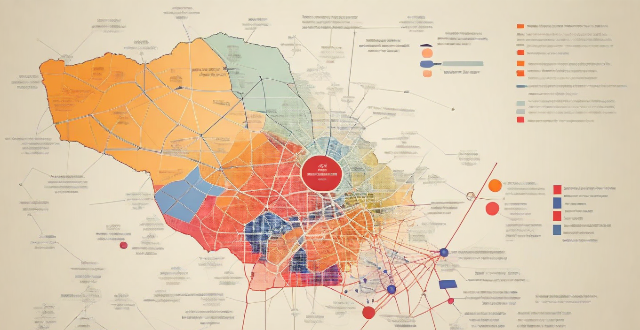
How can mind maps help in revising large amounts of information ?
Mind maps are a useful tool for organizing and revising large amounts of information. By visualizing complex information, identifying key themes and relationships, organizing thoughts, improving memory retention, and facilitating creative thinking, mind maps can help learners better understand and retain information. To use mind maps effectively, choose a central idea or theme, create branches for subtopics, add details and examples, connect related ideas, review and refine the map, and use it as a study tool.

In what ways can mind mapping help with project management and planning ?
Mind mapping is a valuable tool for project management and planning, offering benefits such as clarifying objectives, enhancing brainstorming sessions, facilitating task breakdown, tracking progress, managing risks, and improving communication. By providing a visual representation of information, mind maps enable clearer understanding and more effective collaboration among team members, ultimately contributing to the success of projects.

What are the benefits of using mind maps in education ?
Mind maps are a valuable tool in education, offering benefits such as enhanced learning and retention, promotion of creative thinking, improved organizational skills, facilitated collaboration, and encouragement of active learning. They cater to visual learners, aid in brainstorming and idea generation, help with information hierarchy and time management, are useful for group work and communication, and increase student engagement and self-assessment. Incorporating mind maps into teaching strategies can create a more effective and engaging learning environment.
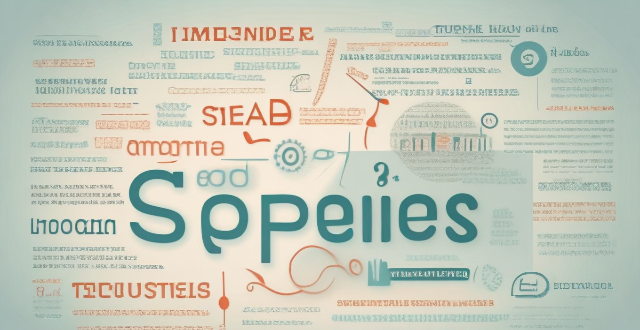
Do yoga poses have different effects on the body and mind ?
Yoga poses have different effects on the body and mind, including improved flexibility, strength, balance, stress reduction, concentration, and emotional release. Incorporating a variety of poses into your practice can help you achieve specific goals and transform your body and mind.
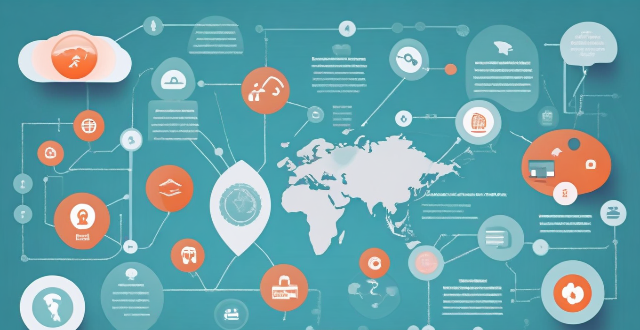
Can mind mapping be effectively used in business settings ?
Mind mapping is a visual tool that can be effectively used in business settings to enhance productivity, creativity, and communication. It helps individuals and teams organize information, generate ideas, and solve problems by creating a structured diagram of related concepts. The benefits of mind mapping in business include improved organization, enhanced creativity, increased productivity, and better communication. To implement mind mapping in business, one should choose the right tool, train their team, integrate it into processes, encourage collaboration, and continuously evaluate its effectiveness.

How do mind maps aid in studying and retaining information ?
Mind maps are a visual tool that aids in studying and retaining information by improving organization, enhancing creativity, promoting active learning, and facilitating recall. They provide a logical structure for organizing thoughts and connecting ideas, making complex information more accessible. Mind maps also encourage brainstorming and experimentation, leading to better learning outcomes. Additionally, they promote deeper learning through active participation and reflection on understanding. Finally, mind maps facilitate recall by providing visual cues and breaking down information into manageable chunks. Incorporating mind maps into your study routine can boost academic performance and achieve better results in your studies.

How can mind maps be used to enhance note-taking and organization ?
Mind maps are an effective tool for organizing information, enhancing memory recall, and improving note-taking. They offer a visual representation of complex ideas, making it easier to understand and remember them. Mind maps can be used in various ways, such as organizing information, enhancing memory recall, and improving note-taking. They utilize visual associations, hierarchical structures, and flexibility to aid in understanding, remembering, and applying complex information in different contexts. Examples of using mind maps include studying, project planning, brainstorming, and taking meeting notes.

What are some tips for creating effective mind maps ?
Effective mind maps should start with a central idea, use images and colors, connect ideas with lines, keep it simple, use keywords and phrases, be creative, and review and revise.

What resources are available to help me practice and master math problem-solving ?
To master math problem-solving, various resources are available, including online platforms like Khan Academy and Mathway, books such as "How to Solve It" by Polya, and video tutorials from YouTube channels like Numberphile. Practice worksheets from websites like Math Drills and IXL Math can also aid in skill development. Regular and consistent use of these resources can enhance one's ability to solve complex math problems and build a strong mathematical foundation.

How does mind mapping compare to other brainstorming techniques ?
The text discusses the differences between mind mapping and other brainstorming techniques such as free writing, brainstorming sessions, and sketching. Mind mapping is a visual technique that involves creating a diagram to organize information, while free writing involves writing down ideas without any particular structure or organization. Brainstorming sessions typically involve a group of people working together to generate ideas, while sketching offers more freedom in terms of visual expression and experimentation. The author concludes that mind mapping offers a unique approach to brainstorming that combines structure, visualization, and flexibility, making it particularly effective for those who prefer a visual and organized method of generating and organizing ideas.

What steps should I follow when solving a word problem in mathematics ?
Solving word problems in mathematics can be challenging, but by following a step-by-step approach, you can simplify the process and increase your chances of finding the correct solution. The first step is to read the problem thoroughly, identifying all relevant information and understanding what is being asked. Next, plan your approach by deciding on a strategy, breaking down the problem into smaller parts if possible, and drawing a diagram to visualize the problem. After that, solve the problem by writing down the equations or expressions you will use, solving them step by step, and checking your work to make sure your answer makes sense and satisfies the original conditions of the problem. Finally, write your answer in a clear and concise manner, explain how you arrived at it if necessary, and check your work again to make sure you didn't make any careless mistakes. By practicing these steps, you should be able to solve most word problems in mathematics.

Does exercise influence executive functions, such as decision-making and problem-solving ?
Exercise has a positive impact on executive functions, including decision-making and problem-solving. Regular physical activity can enhance cognitive functioning, risk assessment, self-control, creative thinking, working memory, and attention, leading to improved performance in these areas. Incorporating exercise into your lifestyle can benefit both your physical and cognitive health.
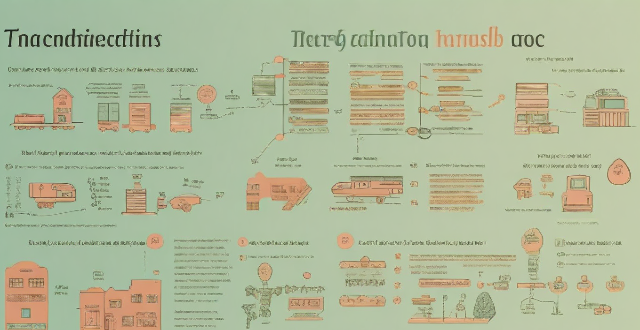
How do project-based learning and problem-solving activities fit into innovative teaching methodologies ?
Innovative teaching methodologies emphasize project-based learning (PBL) and problem-solving activities to engage students, foster critical thinking, and develop practical skills. PBL involves students in complex, meaningful projects that connect classroom learning with real-world scenarios, promoting deeper understanding, skill development, and motivation. Problem-solving activities challenge students to identify issues and find effective solutions, enhancing their critical thinking, decision-making, and resilience. Integrating PBL and problem-solving into innovative teaching involves identifying key concepts, designing relevant projects, incorporating problem-solving elements, providing resources, facilitating collaboration, scaffolding instruction, reflecting and evaluating, and assessing holistic performance. This approach creates a dynamic learning environment that prepares students for future challenges and fosters a love of lifelong learning.

How can I develop better number sense and estimation skills for problem-solving ?
Number sense is a crucial skill for effective problem-solving, involving an intuitive understanding of numbers and their relationships. It's important for efficiency, flexibility, and confidence in handling numerical tasks. To improve your number sense and estimation skills, practice rounding and estimating, use benchmark numbers, work with different representations, engage in mental math exercises, analyze mistakes, and seek out challenging problems. Consistent practice and real-world applications are key to developing a more intuitive understanding of numbers and enhancing problem-solving abilities.

Are there any breathing techniques that can help reduce stress ?
Breathing techniques are a simple yet powerful tool for reducing stress levels and promoting relaxation. By practicing these techniques regularly, you can improve your overall well-being and reduce the negative effects of stress on your body and mind. Some effective breathing techniques for stress reduction include deep breathing, diaphragmatic breathing, alternate nostril breathing, and box breathing. These techniques help to increase oxygen flow to the brain, relax the body, balance the left and right hemispheres of the brain, and slow down the heart rate. Remember to focus on your breath and try to clear your mind of any distractions while practicing these techniques.
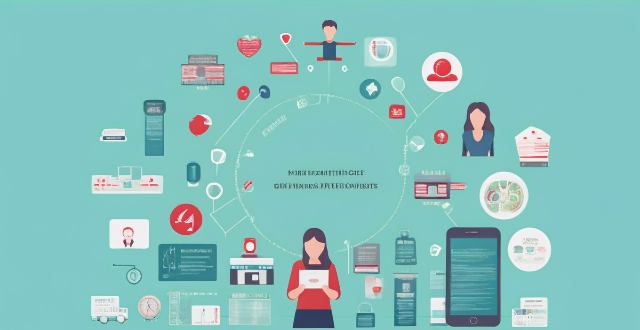
Is social media addiction a real problem, and how can it be addressed ?
Social media addiction is a growing problem with significant impacts on mental health, relationships, and productivity. Recognizing the signs of addiction, such as excessive use or neglecting important activities, is crucial for addressing the issue. The negative effects include mental health issues, relationship problems, and reduced productivity. To combat social media addiction, individuals can set limits on usage, find alternative activities, practice mindfulness, and seek professional help if needed.

How can I improve my problem-solving skills in geometry ?
Improving problem-solving skills in geometry involves understanding fundamentals, practicing regularly, analyzing mistakes, learning multiple solution methods, using visualization techniques, collaborating with peers, applying real-world scenarios, and staying updated with resources. Consistent effort and a proactive approach are key to success.